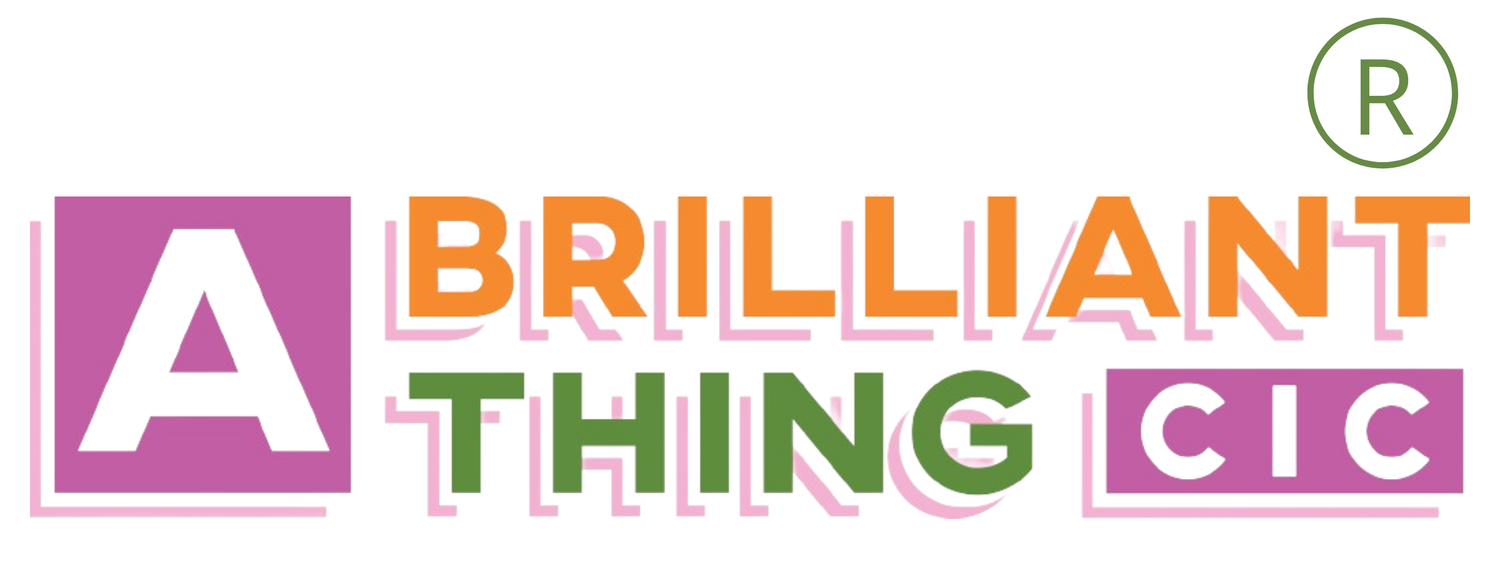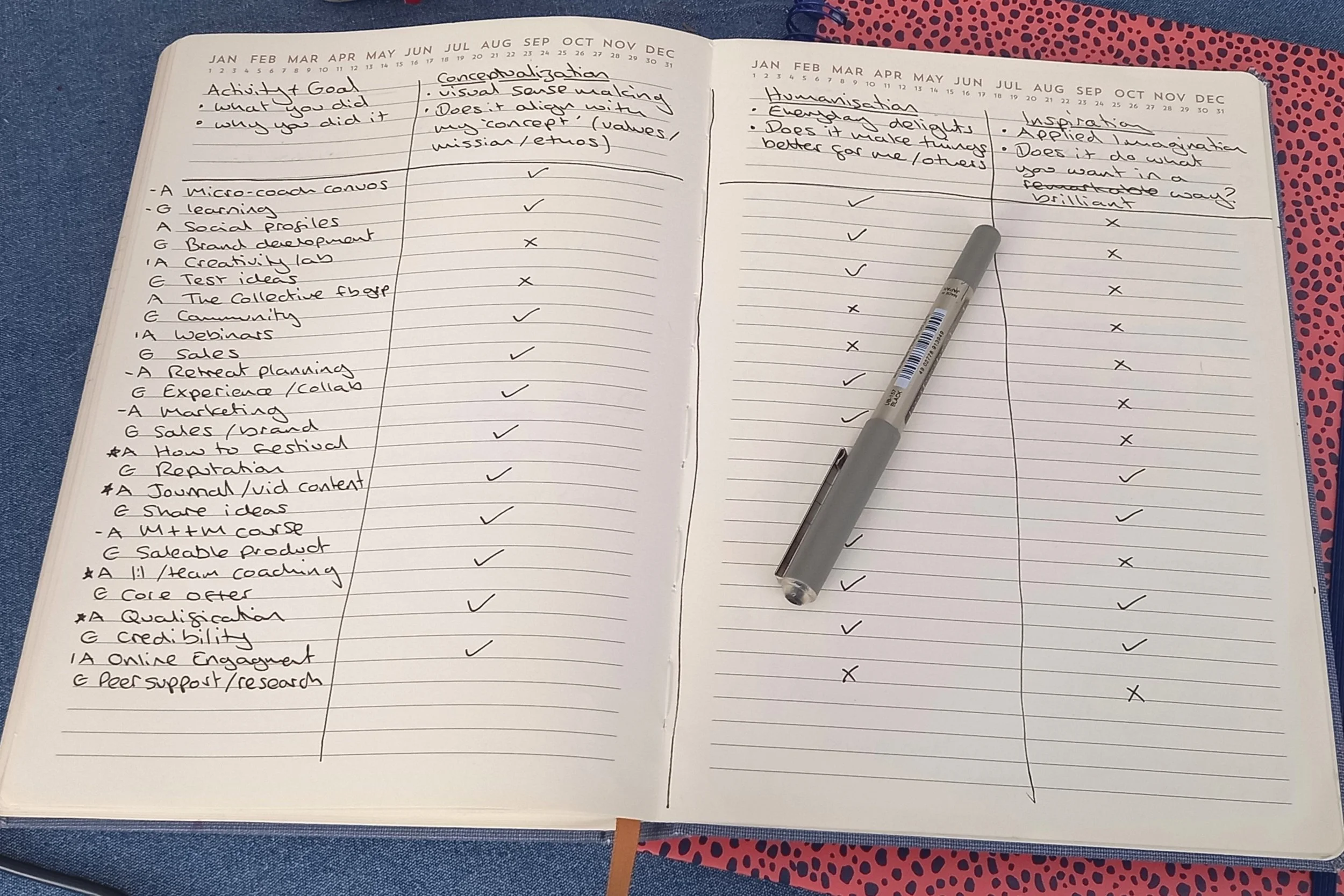Applied Imagination
How to use visual sense-making and everyday delights in your work
Strategy is a boring and slightly scary word- ‘applied imagination’ feels exciting and full of potential. ‘Visual sense-making’ evokes a practice of communicating what matters most and ‘everyday delights’ connects to the motivation needed to make things happen.
What if we replaced strategic thinking planning and doing with these three pillars - imagination, sense-making & delight?
Traditional strategy focuses on vision, mission, purpose and goals. Strategic planning is a plan that helps achieve those goals, aligned to the vision, mission and purpose. All of this feels important to do but also quite static and stuffy. Traditional strategy rarely allows for spontaneity, adaption, and change. People who want to make things that matter in the world embrace risk and vulnerability, aligning too much to a traditional strategy offers a comfort blanket that both protects and muffles, potentially stifling the change that matters.
I love this illustration of a ‘creative enterprise’ which can be used as a framework for a new type of strategic development. It depicts a design thinking core (the principals of which are discover, define, develop, deliver) held by 4 quadrants that form the enterprise. I’ve interpreted enterprise as any type of work which is about enabling change. The dictionary definition for enterprise is ‘a project or undertaking, especially a bold or complex one.’
At the end of 2021, 8 months into the development of Brilliant Thing (my enterprise), I had been applying design thinking practices to try out ideas, refine, explore and create new things in the world. It felt time for a review of all the things I had developed, to help me identify and prioritise my focus for 2022.
I took 3 goals from the above diagram, added reflective questions and created a grid, then on one side listed all the Brilliant Thing activities I had done in 2021. I included things like social media profiles and creating marketing graphics along with microcoach experiments and online workshops.
I then did a quick and brutal audit! Using ticks and crosses I marked each activity against the 3 pillars, I could have scored them each out of ten, as inevitably some activities went some way to achieving the goal, however I wanted a clear first picture so I did this quickly and instinctively.
On a new journal page I created 4 clusters. Activities with 3 ticks went in cluster 1, activities with 2 ticks went in cluster 2, activities with one tick went in cluster 3 and those with all crosses went in cluster 4.
This provided a hierarchy of activities, which I can use as a way of deciding where to focus my time and energy as we begin 2022. I was surprised that the activities that were most aligned with imagination, sense-making & delight were also my top earning activities and things that I thought were supporting my development, were actually draining my time and energy - the activity gave me permission to stop some things!
My top 3 were collaborations, creating personal/work development content (writing, videos etc) and team coaching.
Next were a cluster of more practical activities, visual marketing, admin and course development.
Lower down were things that I had presumed I needed to do, but actually were not benefiting me or Brilliant Thing, things like cold-engagement online and repeat live webinars that work better as videos with personal follow up.
This practice also gave me a base to start having ideas from, exploring and discovering possibilities around the areas I’ve chosen to focus my time and energy on. This feels like the beginnings of applying imagination (in a strategic way!) and I’ll be using some visual sense making practices to develop these ideas.
If you’d like to be guided through this activity, individually or with your team, you might like to consider my services.



